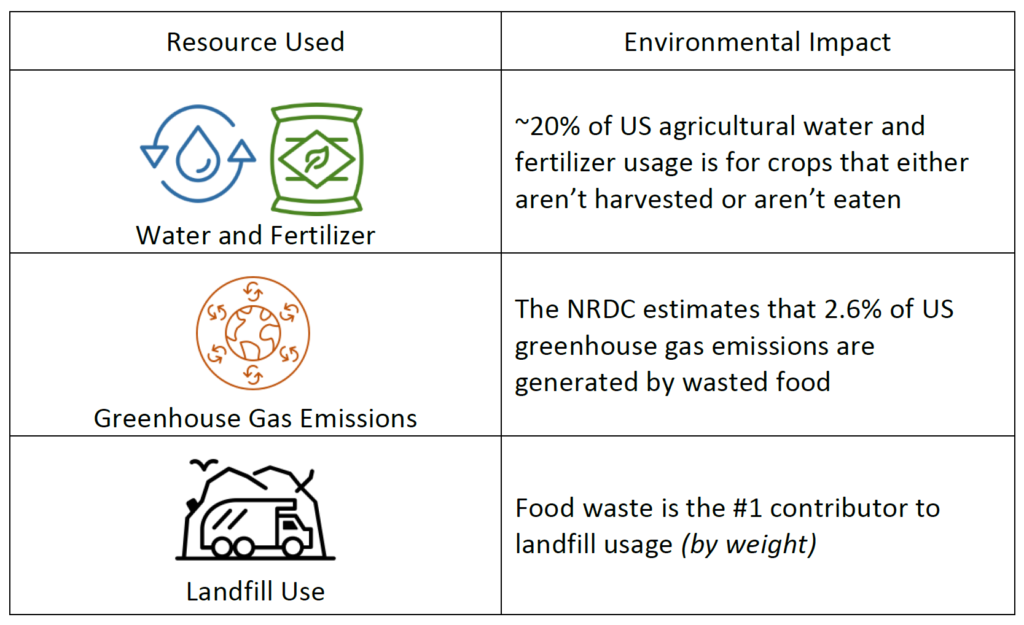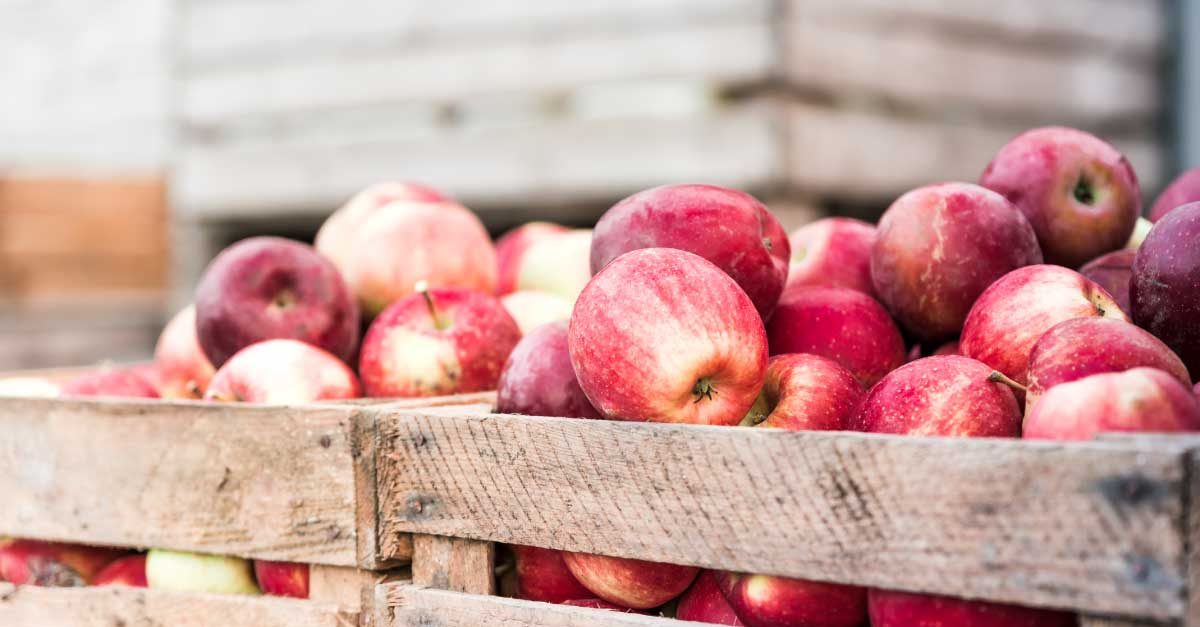By Ken Donaven, Martec Director
Although I love the outdoors and I want our natural resources to be clean, no one is ever going to confuse me with a tree-hugging environmentalist. I’m a proud supporter of the logging industry…as long as it isn’t harvesting old growth forests. Trees are like any other crop, they just take longer to reach mature harvest age. In addition, I believe we have more than enough landfill space to meet our needs well beyond my lifetime and probably beyond my future grandchildren’s lifetimes.
From this paradigm, I was shocked and dismayed recently when I read statistics which suggest up to 40% of food grown in the US is wasted.
What? That can’t be right!
However, further research confirmed these figures. According to the National Resources Defense Council (NRDC), approximately 35 million tons of food is wasted in the US each year. This equates to:
- ~$2,200 of waste per household
- ~300 pounds of food waste per person
The majority of this food waste occurs at the household/consumer level, but no part of the food & beverage industry is exempt. Even for a skeptical and hesitant environmentalist, it is easy to see the resources wasted and unnecessary environmental impact of this waste, including:

Because the food waste problem resonates across all levels of the food & beverage value chain, from farm to consumer, several food & beverage industry associations (the Grocery Manufacturers Association, the Food Marketing Institute and the National Restaurant Association) established The Food Waste Reduction Alliance (FWRA) in 2011 to jointly address the issue. The FWRA has three stated goals:
- Reduce the amount of food waste generated
- Increase the amount of safe nutritious food donated to those in need
- Recycle unavoidable food waste, diverting it from landfills
Meghan Stasz, Senior Director of Sustainability for the Grocery Manufacturers Association and a leader of the Food Waste Reduction Alliance, believes that the food and beverage industry faces two major challenges when addressing food waste: “There are two real food waste challenges, and we’ve been facing the same challenges forever. First, measuring food is the single best practice to reducing food waste. When we know how much waste is generated, people will automatically find opportunities to reduce that waste. Second is infrastructure. For large food brands, 95% of food waste is recycled, but there isn’t enough infrastructure for most food manufacturers to recycle their waste and it ends up in landfills.”
In 2015, the EPA and US Department of Agriculture announced the goal of reducing US food waste by 50% by 2030. Achieving this goal will require action by everyone from farmers to consumers, but the environmental and economic impact of reducing food waste will be significant, as the NRDC estimates that food waste equates to 1.3% of the US gross domestic product.
Over the next several weeks, we will be exploring how food waste impacts each level of the value chain, considering what can be done to reduce food waste throughout the value chain, and investigating some innovative product and technology solutions that could play a role.
Even for a skeptical environmentalist like me, it is readily apparent that action must be taken. Join us in our journey to better understand food waste in the US with our next post in the series, linked here.
To discuss your next food & beverage project, contact us.




